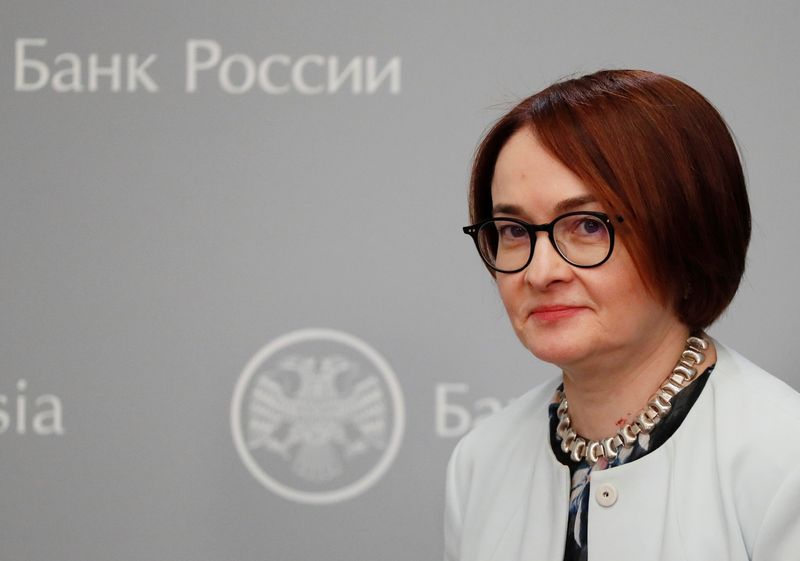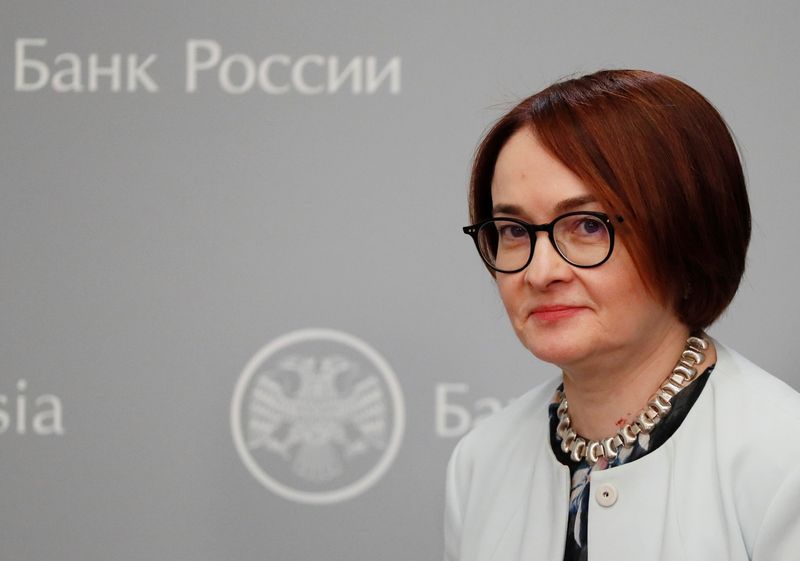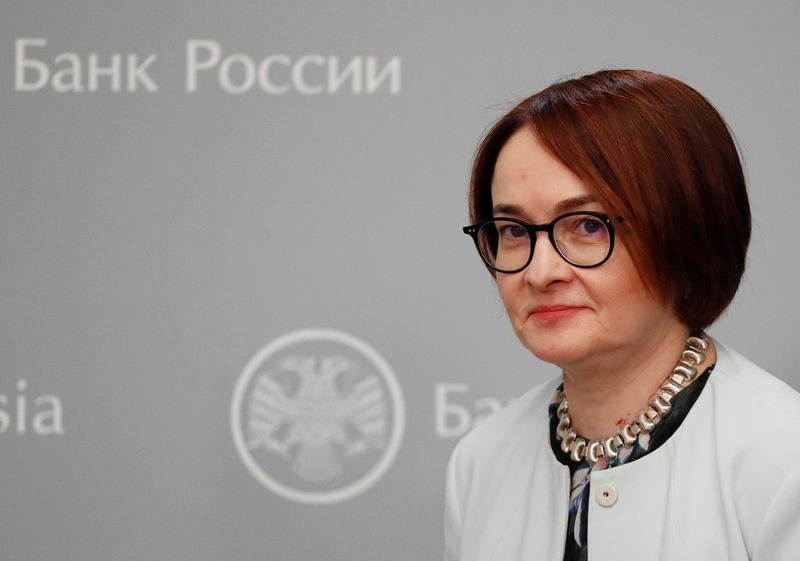Economy
Fed’s Waller: Fed can “watch and see” if further hikes needed


© Reuters. FILE PHOTO: Federal Reserve Board Governor Christopher Waller poses before a speech at the San Francisco Fed, in San Francisco, California, U.S., March 31, 2023. REUTERS/Ann Saphir/File Photo
By Howard Schneider
(Reuters) – U.S. Federal Reserve Governor Christopher Waller on Wednesday said higher market interest rates may help the Fed slow inflation, and let the central bank “watch and see” if its own policy rate needs to rise again or not.
Waller, who has been among the most vocal advocates for higher interest rates to fight inflation, said price data seemed to now be moving back towards the Fed’s 2% target, with financial markets adding further credit tightening of their own.
“We’re in this position where we kind of watch and see what happens on rates,” said Waller, who was interviewed by former Republican House Speaker and Wisconsin Congressman Paul Ryan at a high-profile GOP event in Utah. “The financial markets are tightening up and they are going to do some of the work for us…We are just keeping a very close eye on that. We will see how those higher rates feed into what we do on policy in the coming months.”
Waller’s comments added weight to similar statements this week by Fed Vice Chair Philip Jefferson and Dallas Fed President Lorie Logan. Since the Fed last raised its policy rate by a quarter of a percentage point in July, long-term rates on U.S. Treasury bonds have increased by around three-quarters of a percentage point – a change that gets quickly priced into consumer and business loans and could suppress spending, investment and prices.
Markets have been lowering expectations for any more Fed rate increases, with the chance of a move at the upcoming Oct. 31- Nov. 1 meeting now seen down to about 10% according to data from the CME Group’s (NASDAQ:) FedWatch.
Bond markets may be raising rates on U.S. debt for a variety of reasons, Waller said, including stronger than anticipated U.S. economic growth or – less benign – concerns over rising federal deficits.
“It could be the economy is looking better. We have signaled we would keep rates higher for longer so that is going to push up longer-term yields…But clearly (Treasury) issuance has got to have an impact,” said Waller, referring to current deficit levels as likely not sustainable.
Still, Waller offered some of the most optimistic reads yet on the path of inflation. Over the past three months, he said, one important measure of the underlying pace of price increases has averaged right at 2%. The latest data on another inflation measure, the Consumer Price Index, will be released on Thursday. Analysts polled by Reuters expect the report to show CPI inflation moderating in September.
“We’re finally getting very good inflation data,” he said. “If this continues we’re pretty much back to our target.”
Economy
Russian central bank says it needs months to make sure CPI falling before rate cuts -RBC


© Reuters. Russian Central Bank Governor Elvira Nabiullina attends a news conference in Moscow, Russia June 14, 2019. REUTERS/Shamil Zhumatov/File Photo
MOSCOW (Reuters) – Russia’s central bank will need two to three months to make sure that inflation is steadily declining before taking any decision on interest rate cuts, the bank’s governor Elvira Nabiullina told RBC media on Sunday.
The central bank raised its key interest rate by 100 basis points to 16% earlier in December, hiking for the fifth consecutive meeting in response to stubborn inflation, and suggested that its tightening cycle was nearly over.
Nabiullina said it was not yet clear when exactly the regulator would start cutting rates, however.
“We really need to make sure that inflation is steadily decreasing, that these are not one-off factors that can affect the rate of price growth in a particular month,” she said.
Nabiullina said the bank was taking into account a wide range of indicators but primarily those that “characterize the stability of inflation”.
“This will take two or three months or more – it depends on how much the wide range of indicators that characterize sustainable inflation declines,” she said.
The bank will next convene to set its benchmark rate on Feb. 16.
The governor also said the bank should have started monetary policy tightening earlier than in July, when it embarked on the rate-hiking cycle.
Economy
China identifies second set of projects in $140 billion spending plan


© Reuters. FILE PHOTO: Workers walk past an under-construction area with completed office towers in the background, in Shenzhen’s Qianhai new district, Guangdong province, China August 25, 2023. REUTERS/David Kirton/File Photo
SHANGHAI (Reuters) – China’s top planning body said on Saturday it had identified a second batch of public investment projects, including flood control and disaster relief programmes, under a bond issuance and investment plan announced in October to boost the economy.
With the latest tranche, China has now earmarked more than 800 billion yuan of its 1 trillion yuan ($140 billion) in additional government bond issuance in the fourth quarter, as it focuses on fiscal steps to shore up the flagging economy.
The National Development and Reform Commission (NDRC) said in a statement on Saturday it had identified 9,600 projects with planned investment of more than 560 billion yuan.
China’s economy, the world’s second largest, is struggling to regain its footing post-COVID-19 as policymakers grapple with tepid consumer demand, weak exports, falling foreign investment and a deepening real estate crisis.
The 1 trillion yuan in additional bond issuance will widen China’s 2023 budget deficit ratio to around 3.8 percent from 3 percent, the state-run Xinhua news agency has said.
“Construction of the projects will improve China’s flood control system, emergency response mechanism and disaster relief capabilities, and better protect people’s lives and property, so it is very significant,” the NDRC said.
The agency said it will coordinate with other government bodies to make sure that funds are allocated speedily for investment and that high standards of quality are maintained in project construction.
($1 = 7.1315 renminbi)
Economy
Russian central bank says it needs months to make sure CPI falling before rate cuts -RBC


© Reuters. Russian Central Bank Governor Elvira Nabiullina attends a news conference in Moscow, Russia June 14, 2019. REUTERS/Shamil Zhumatov/File Photo
MOSCOW (Reuters) – Russia’s central bank will need two to three months to make sure that inflation is steadily declining before taking any decision on interest rate cuts, the bank’s governor Elvira Nabiullina told RBC media on Sunday.
The central bank raised its key interest rate by 100 basis points to 16% earlier in December, hiking for the fifth consecutive meeting in response to stubborn inflation, and suggested that its tightening cycle was nearly over.
Nabiullina said it was not yet clear when exactly the regulator would start cutting rates, however.
“We really need to make sure that inflation is steadily decreasing, that these are not one-off factors that can affect the rate of price growth in a particular month,” she said.
Nabiullina said the bank was taking into account a wide range of indicators but primarily those that “characterize the stability of inflation”.
“This will take two or three months or more – it depends on how much the wide range of indicators that characterize sustainable inflation declines,” she said.
The bank will next convene to set its benchmark rate on Feb. 16.
The governor also said the bank should have started monetary policy tightening earlier than in July, when it embarked on the rate-hiking cycle.

 Forex3 years ago
Forex3 years agoForex Today: the dollar is gaining strength amid gloomy sentiment at the start of the Fed’s week

 Forex3 years ago
Forex3 years agoUnbiased review of Pocket Option broker

 Forex3 years ago
Forex3 years agoDollar to pound sterling exchange rate today: Pound plummeted to its lowest since 1985

 Forex3 years ago
Forex3 years agoHow is the Australian dollar doing today?

 Cryptocurrency3 years ago
Cryptocurrency3 years agoWhat happened in the crypto market – current events today

 World3 years ago
World3 years agoWhy are modern video games an art form?

 Commodities3 years ago
Commodities3 years agoCopper continues to fall in price on expectations of lower demand in China

 Economy3 years ago
Economy3 years agoCrude oil tankers double in price due to EU anti-Russian sanctions

























